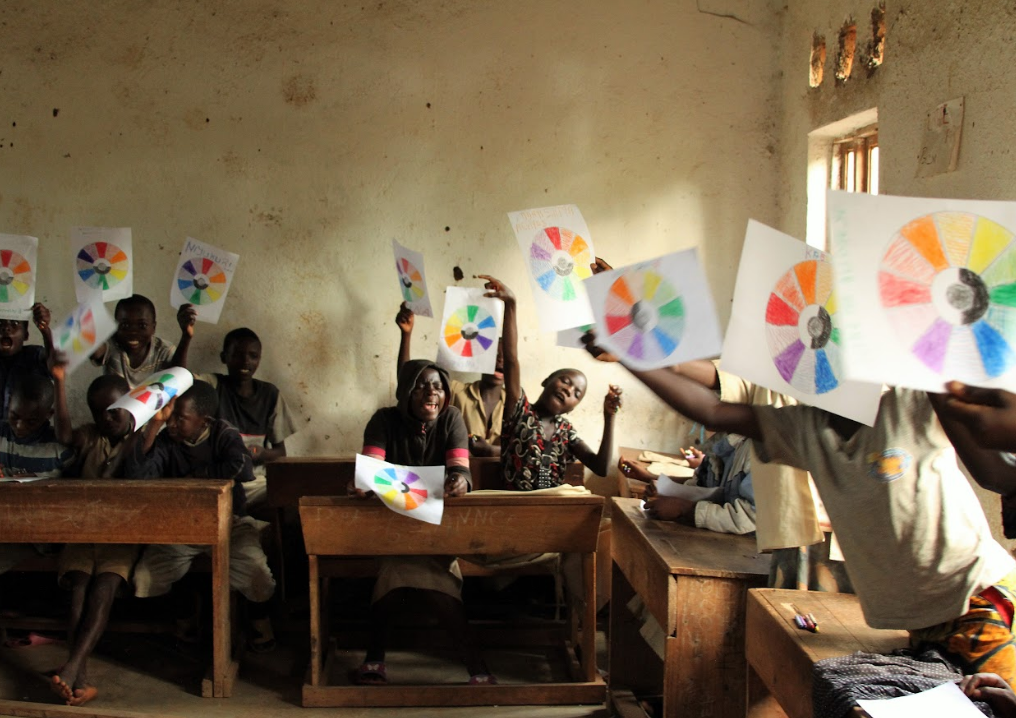
The Millennium Development Goals (MDGs), have been regarded by the UN Secretary General as “the most successful global anti-poverty- push in history.” Committing world leaders to the pursuit of concrete, measurable improvements, once realized, the MDGs were set to have wide-ranging effects, from freeing people from extreme poverty to halting the spread of HIV/AIDS. However, with the 2015 deadline already here, it is time to ask: What results have been achieved? What needs to happen next?
Some critics say it is difficult to determine what improvement has been made because of potentially inaccurate data. Others note that it is not clear whether the improvement seen has been made because of the goals, or if the same improvement might have been seen anyway. This article raises some questions regarding two of the MDGs: goal 1, eradicating extreme poverty and hunger, and goal 2, achieving universal primary education.
Goal 1:
Between 1990 and 2010, the number of people living on less than $1.25 a day (the World
Bank international poverty threshold) reduced by half in the developing world, from 43% to
21%, by almost 1 billion people. Yet in this case, correlation does not prove causation with the economy of China responsible for approximately 75% of the reduction. Furthermore, according to The World Bank, 1/7th of the world’s population continues to live below the $1.25 line . When trying to reconcile all of these figures, some questions arise. Does simply boosting people above the International Poverty Line (IPL) of $1.25 solidly move them out of poverty and provide them the adequate standard of living guaranteed by the Universal Declaration of Human Rights? According to Wagstaff (2003), there is a significant variation between countries. In Kazakhstan, for example, a child living on a dollar a day has only a 10% risk of being underweight, while the risk faced by a child living on a dollar a day in India is nearly 60%. Moving forward, we must look at poverty in the Global South not as a given, but as a product of an economic system, and ask ourselves, what are the policies of local governments and global agencies that create poverty?
Goal 2:
Moving on to the second MDG goal, “achieving universal primary education,” we must again examine the data. According to the UN 2012 MDG Report, enrollment in primary education in developing regions reached 90% by 2010. From a numbers perspective this figure looks promising, but this measurement of progress hides, in some cases, some negative effects. First, research shows that students are repeating grades and not completing primary education. Also, the focus on primary education has negatively affected secondary and post secondary education with some countries (including three of the most populated in Africa) showing declining enrollment rates. Furthermore, evidence shows that ground has been lost in education since the late 70’s in Sub-Saharan Africa, Eastern Europe, and Latin America due to the reduction of public expenditure and the privatization of education through the adoption of the policy agenda recommended by the World Bank.
Looking toward the future, questions remain regarding whether the education system is prepared to offer quality education to all children.
One of the most important dilemmas in Sub Saharan African higher education, for example, is the problem of quality of educational experience versus quantity of graduates produced. While developing countries are in dire need of more educated professionals, this necessity, coupled with limited resources, can sometimes significantly compromise the quality of education. Another dilemma is the question of affordability versus access and equality. In most developing countries the government is the principal, if not the sole provider of education. In order to promote enrollment, many governments offer educational opportunities at little or no cost, which can lead to situations where the demand for education exceeds far beyond the supply. This possibility has led some to suggest that households should pay tuition so as to raise additional revenues that can be used to improve school quality and build new schools, particularly in rural areas. This expansion may create the extra professionals the country needs at an affordable cost to the government. In the short term, however, it will likely exclude the most disadvantaged, particularly women.
Putting aside the MDGs, it is important to stress that all countries are required to set their own policy priorities for the fulfillment of the MDGs. This agenda must be led through a regional and national development strategy based on each country’s root causes of the problems. Although foreign aid is welcome, countries should not be dependent solely on foreign aid for implementing their development strategies. Moreover, countries should not make less relevant policy decisions because of the potential for more foreign aid (often with “strings attached”).
There were three main options on the table when approaching the end of the MDGs: extend the MDG deadline, build on the current goals, or try something entirely different. The second option was selected, creating the Sustainable Development Goals (SDGs), one global development agenda for the post-2015 period. Let’s hope that 15 years from now—the deadline for these new goals—the SDGs will be unnecessary.
Estefania Brasil


